Nikola Tesla’s pioneering work with alternating current electricity relies on power generated by a dynamo. Abraham Lincoln had a broad interest in science and technology. And now Lincoln and Tesla are joined in electrical science at the Library of Congress.
While Tesla likely never visited the library, Abraham Lincoln was certainly no stranger to the Library of Congress’s vast holdings. During Lincoln’s two-year term as a U.S. Congressman from 1847 to 1849 he lived at Mrs. Sprigg’s boarding house in a row of such houses from East Capitol Street to A Street SE. Directly behind the Capitol, it was a perfect location for Lincoln and his fellow boarders – mostly other Whigs and abolitionists – to discuss the issues of the day while being close enough to rush over for votes in Congress.
The row of houses was pulled down long after Lincoln’s time to make way for, you guessed it, the Library of Congress. The Jefferson Building of the Library was opened in 1897 and sits right on top of Lincoln’s once home-site. Lincoln as President was a regular borrower of books from the library’s shelves (at that time, the Library of Congress was still housed within the Capitol building). Topics of books loaned to Lincoln ranged from the strategy of war to the plays of Shakespeare, and of course, keeping up on science and technology.
Here’s where it gets interesting.
The Jefferson Building of the Library of Congress has an amazing main reading room, above which looms a beautiful dome hundreds of feet overhead. Around the central oculus is a mural by Edwin Howland Blashfield. Like Nikola Tesla, Blashfield spent much of his early life traveling around Europe. Later, once establishing himself as a widely regarded muralist, Blashfield would paint a mural in the dome of the Manufacturers’ and Liberal Arts building at the World’s Columbian Exposition (the Chicago World’s Fair), the very Fair where Nikola Tesla would become a household name.
Back in the Library of Congress, Blashfield decided on a circular mural designed to represent “Evolution of Civilization.” Various civilizations represent that evolution and the contributions each had made to society. Gazing upward you see this:
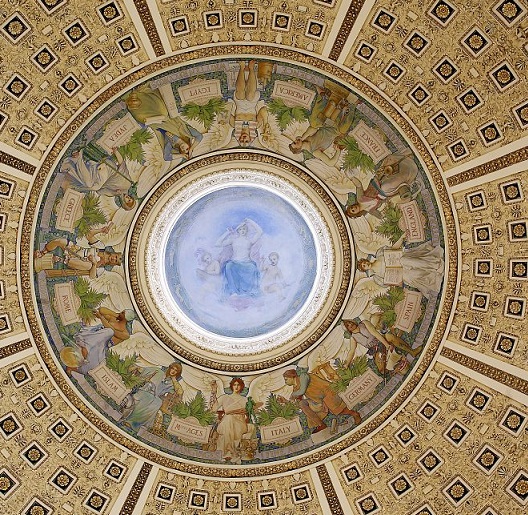
Zooming in to the “one o’clock” position of the above you can see someone very familiar:
 According to the Library of Congress’s Abraham Lincoln and Civil War expert Michelle Krowl, and quoting from the book On These Walls: Inscriptions & Quotations in the Library of Congress:
According to the Library of Congress’s Abraham Lincoln and Civil War expert Michelle Krowl, and quoting from the book On These Walls: Inscriptions & Quotations in the Library of Congress:
“America is represented by the field of science. The figure, an engineer whose face was modeled on that of Abraham Lincoln, sits pondering a problem. In front of him is an electric dynamo, representing the American contribution to advances in harnessing electricity.”
Well how about that? The visage of Abraham Lincoln is used to epitomize America, and our contribution to society is science, depicted by an electric dynamo harnessing electricity, something that Nikola Tesla was in the forefront of bringing to the American public.
So Tesla and Lincoln are connected in several ways through science. And that’s not the end of the connections between these two men.
For more, check out my e-book on Amazon: Abraham Lincoln and Nikola Tesla: Connected by Fate.
David J. Kent is an avid science traveler and the author of Lincoln: The Man Who Saved America, in Barnes and Noble stores now. His previous books include Tesla: The Wizard of Electricity (2013) and Edison: The Inventor of the Modern World (2016) and two e-books: Nikola Tesla: Renewable Energy Ahead of Its Time and Abraham Lincoln and Nikola Tesla: Connected by Fate.
Check out my Goodreads author page. While you’re at it, “Like” my Facebook author page for more updates!



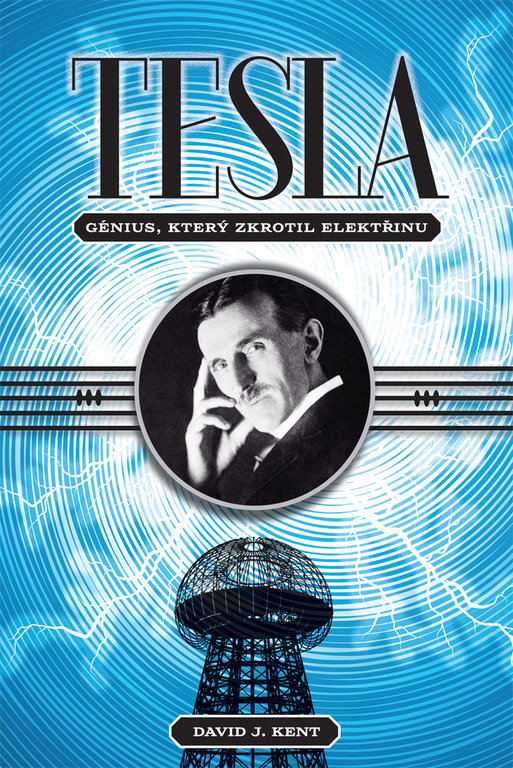
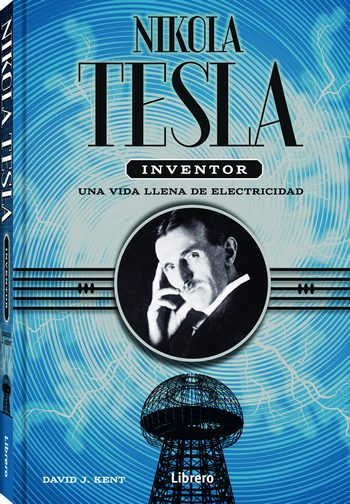
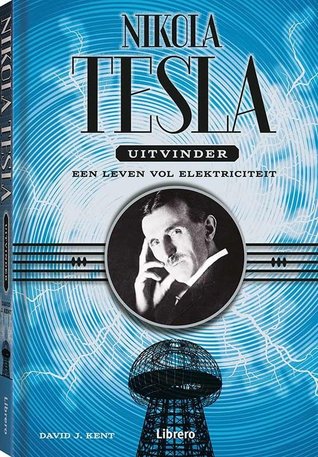

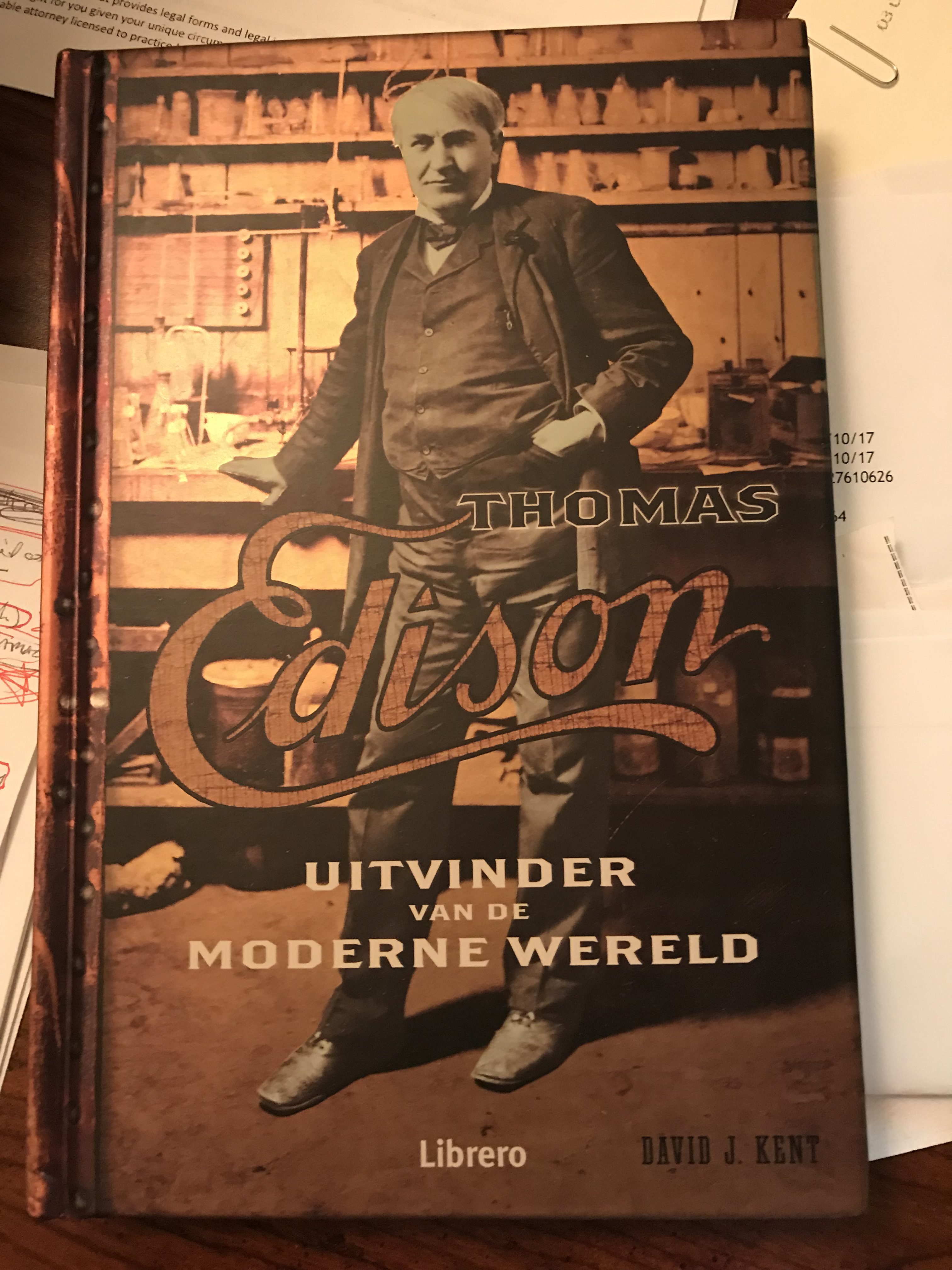
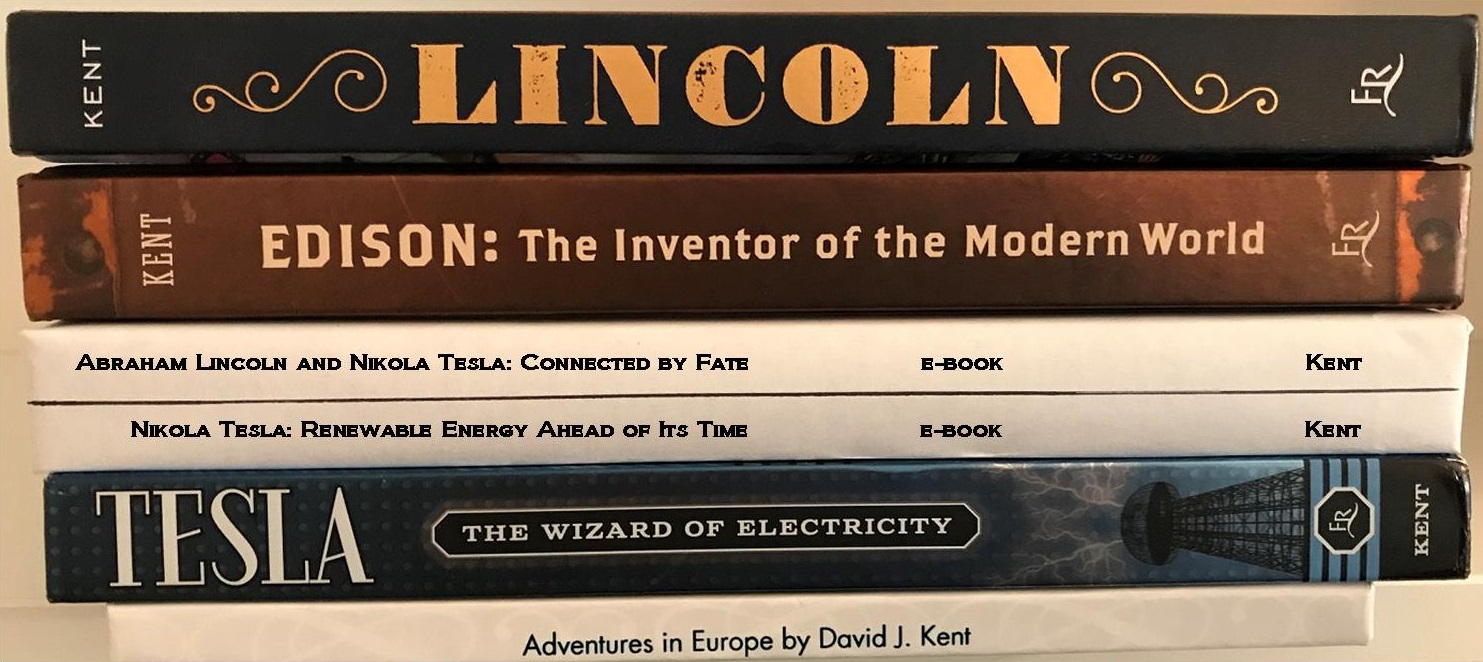
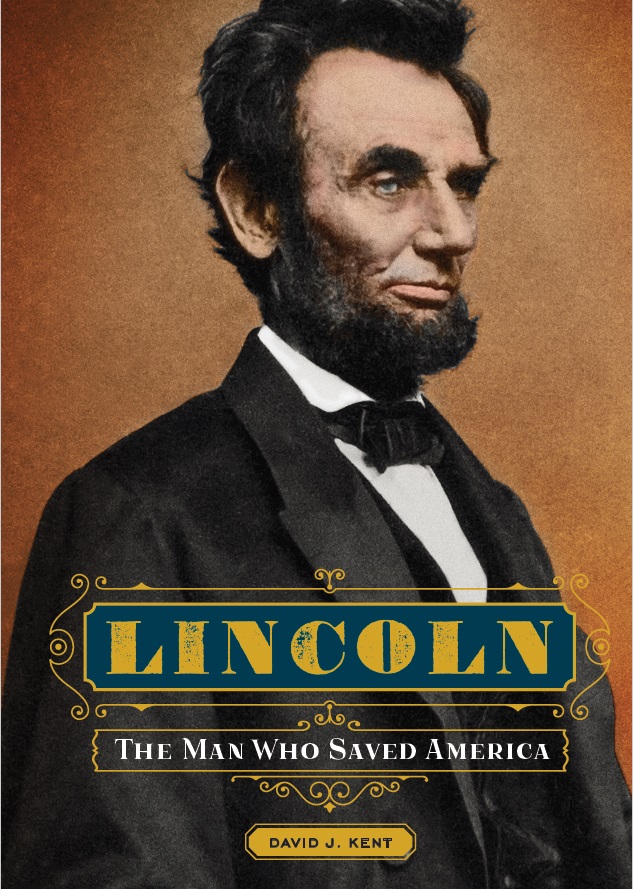
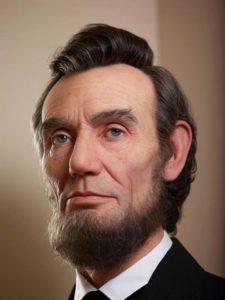 No one would mistake Abraham Lincoln for an artist, though scholars give him high marks on his writing. Long before there were speechwriters, politicians wrote their own material, and Lincoln is well known for such memorable speeches as the Gettysburg and Second Inaugural Addresses. He was also a great letter writer, often crafting policy positions in the form of “private” letters that were, in fact, intended for public consumption. His response to New York Tribune editor Horace Greeley, for example, in which he states his position on emancipation of the slaves, thus preparing the public for the proclamation that he had already prepared but not yet revealed, is a classic of historical writing.
No one would mistake Abraham Lincoln for an artist, though scholars give him high marks on his writing. Long before there were speechwriters, politicians wrote their own material, and Lincoln is well known for such memorable speeches as the Gettysburg and Second Inaugural Addresses. He was also a great letter writer, often crafting policy positions in the form of “private” letters that were, in fact, intended for public consumption. His response to New York Tribune editor Horace Greeley, for example, in which he states his position on emancipation of the slaves, thus preparing the public for the proclamation that he had already prepared but not yet revealed, is a classic of historical writing.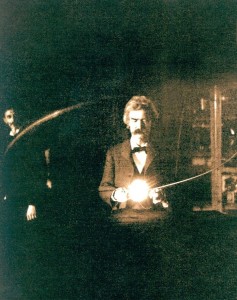



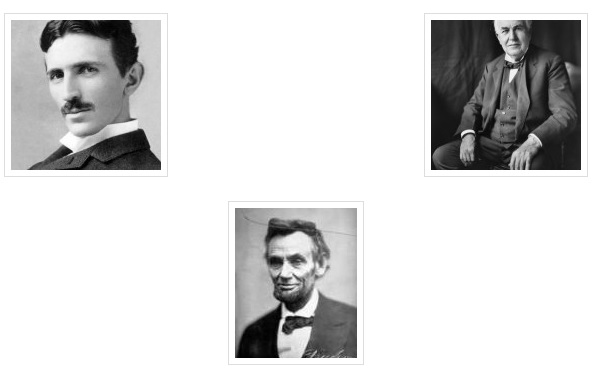
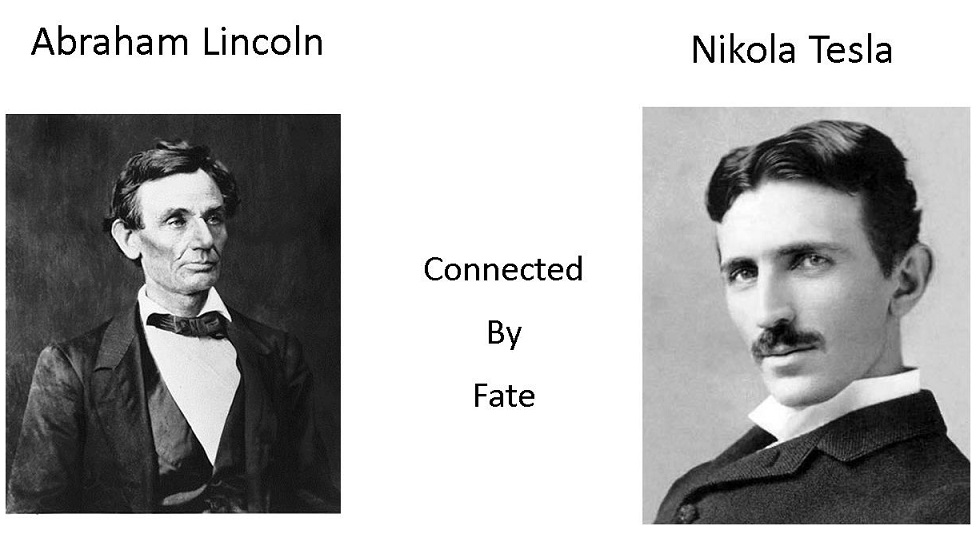
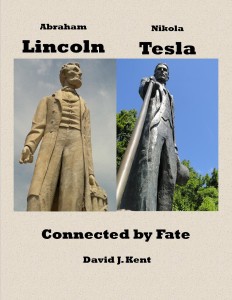
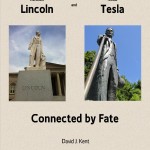 As I’ve mentioned before,
As I’ve mentioned before, 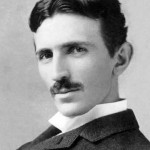
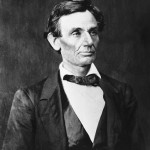 Abraham Lincoln was born in Kentucky in 1809, lived in Indiana and Illinois, and was assassinated in Washington, DC in 1865 without ever having left the country. Nikola Tesla was born in 1856 of Serbian heritage in an Austro-Hungarian military outpost in land now part of Croatia. He moved to the United States decades after Lincoln’s assassination and lived for many years in New York City before dying in 1943. Their lives barely overlapped.
Abraham Lincoln was born in Kentucky in 1809, lived in Indiana and Illinois, and was assassinated in Washington, DC in 1865 without ever having left the country. Nikola Tesla was born in 1856 of Serbian heritage in an Austro-Hungarian military outpost in land now part of Croatia. He moved to the United States decades after Lincoln’s assassination and lived for many years in New York City before dying in 1943. Their lives barely overlapped.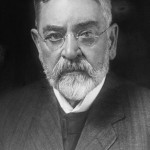 Yes, you read that right; a Booth saved a Lincoln’s life. In my e-book, Abraham Lincoln and Nikola Tesla: Connected by Fate, I’ve been amazed at how many interesting connections there are between the two men. There are two that relate Tesla to Lincoln through Robert Todd Lincoln.
Yes, you read that right; a Booth saved a Lincoln’s life. In my e-book, Abraham Lincoln and Nikola Tesla: Connected by Fate, I’ve been amazed at how many interesting connections there are between the two men. There are two that relate Tesla to Lincoln through Robert Todd Lincoln.






